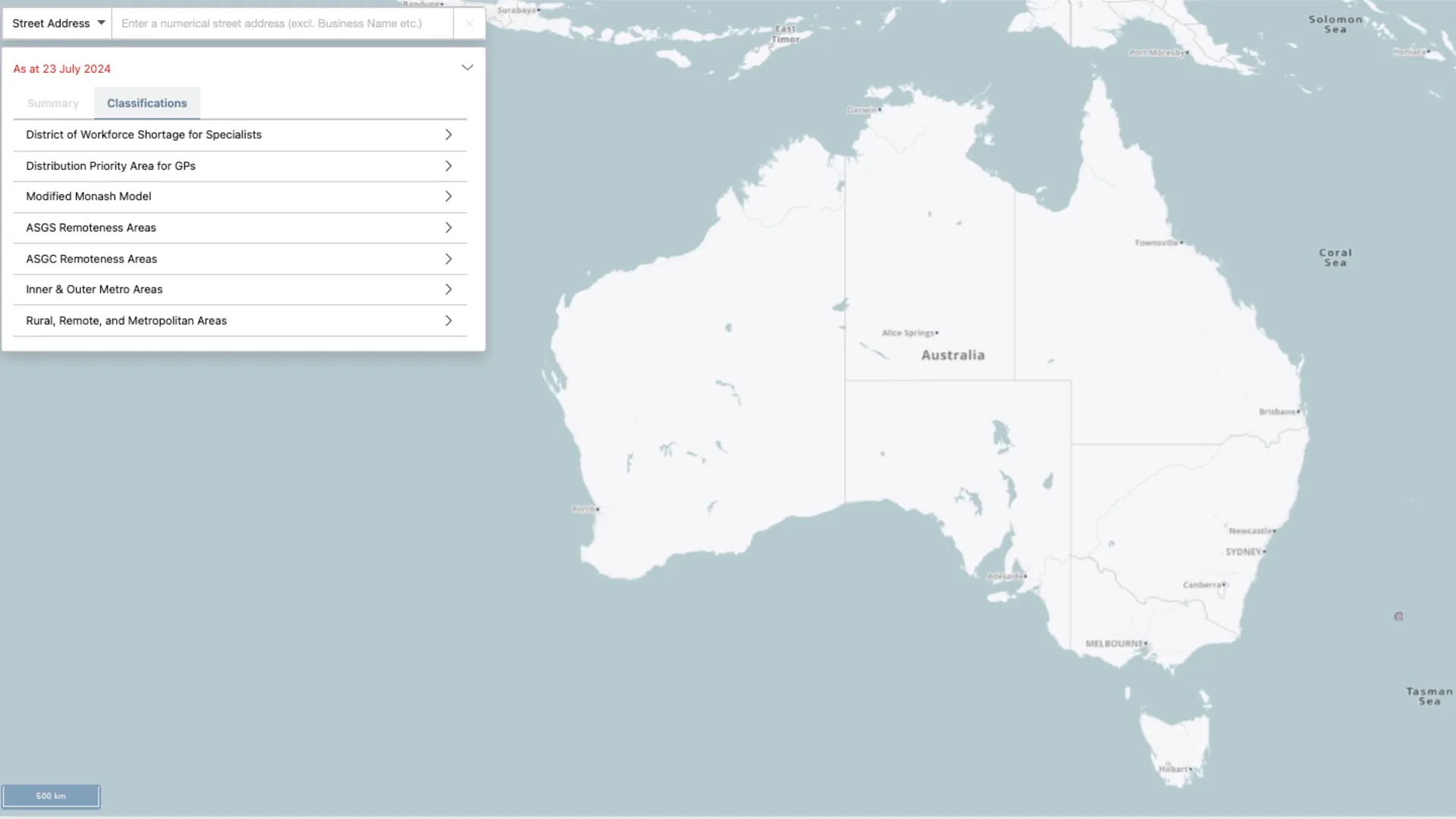Understanding District of Workforce Shortage (DWS) and Distribution Priority Area (DPA)
What is District of Workforce Shortage? District of Workforce Shortage (DWS) is a classification system used by the Australian Government Department of Health to address geographic maldistribution of the specialist Australian medical workforce. A District of Workforce Shortage (DWS) area is defined as a geographical area in Australia where people…
What is District of Workforce Shortage?
District of Workforce Shortage (DWS) is a classification system used by the Australian Government Department of Health to address geographic maldistribution of the specialist Australian medical workforce.
A District of Workforce Shortage (DWS) area is defined as a geographical area in Australia where people have limited access to specialist medical care. This means that residents in these areas often have to travel long distances to see a specialist, which can significantly impact their health and well-being.
How is a DWS Area Determined?
The government identifies DWS areas by comparing the number of full-time equivalent specialists to the population size. An area is classified as a DWS if:
- Its ratio of specialists to population is less than the national average.
- It is classified as rural or remote, falling under the Australian Statistical Geography Standard (ASGS) Remoteness Area categories RA3 to RA5.
How DWS classification is used
Overseas-trained graduate specialists subject to Section 19AB of the Health Insurance Act 1973 may need to work in a location classified DWS to access Medicare.
Section 19AB limits access to Medicare for overseas-trained doctors (OTDs) or Foreign Graduates of an Accredited Medical School (FGAMS) for a period of 10 years from the date of initial Australian medical registration. This applies to medical practitioners registered in Australia after January 1, 1997, who meet the OTD or FGAMS definition. To access Medicare benefits they may need to work in a DWS area for up to 10 years after registration. This is known as the “10-year moratorium.”
Exemptions to working in a DWS area
There are exemptions to working in a DWS area, including:
Specialties in acute shortage exemption: this exemption grants access to Medicare benefits in any location in Australia to specialists in cardiothoracic surgery, dermatology, emergency medicine, endocrinology, geriatric medicine, gastroenterology, general medicine, haematology, intensive care medicine, nephrology, neurology, neurosurgery, orthopaedic surgery, otolaryngology, paediatric medicine, paediatric surgery, palliative medicine, pain medicine, plastic and reconstructive surgery, rehabilitation medicine, rheumatology, sports and exercise medicine, thoracic medicine, urology and vascular surgery.
Locum exemption: This allows doctors to access Medicare benefits in a non-DWS location for up to 6 months.
Other exemptions include after-hours exemption, spousal exemption, replacement provision, assistance at operations exemption, prior employment negotiations, Aboriginal and Torres Strait Islander primary health services exemption, discretionary exemption, exemption following completion of a 3GA Program and academic exemption.
Further details on the exemptions can be found here.
Updating the DWS classification
The DWS classification is reviewed annually. An area’s DWS status can change if there are significant shifts in healthcare access due to factors like changes in the number of doctors or population demographics.
If an area loses its DWS classification, it indicates improved access to specialist care. However, doctors with existing exemptions under section 19AB of the Health Insurance Act 1973 can continue practising in their location if they meet the exemption criteria. In addition, doctors already in employment negotiations prior to a status change will still be eligible for an exemption if they provide documentary evidence of this with their application, such as a dated contract or letter of offer.
What is a Distribution Priority Area (DPA)?
In July 2019, the Australian Government implemented a health workforce classification system, DPA, which replaced the DWS system for General Practitioners (GP) and Bonded Doctors. The DPA classification uses the Modified Monash Model (MMM) boundaries. The MMM defines whether a location is metropolitan, rural, remote or very remote. The DPA system also takes into account demographics and socio-economic status of patients living in a GP catchment area.
An area that has been classified as a DPA for GPs has been assessed as not receiving adequate GP services for the needs of that population. DPAs are updated annually.
The DPA system also applies the following automatic rules:
- Areas that are MM 2 to 7 under the MMM are classified as a DPA.
- MM 1 inner metropolitan areas are not classified as a DPA.
- The Northern Territory is classified as a DPA.
What this means for GPs
Under section 19AB, International Medical Graduate’s (IMGs) and FGAMS who specialise in General Practice can only access Medicare in areas with GP shortages.
There are also Australian Government incentives for GPs seeking to work in regional and rural MMM areas.
Finding DWS and DPA Areas
You can search an address to determine the DWS and DPA status of a location by using the Health Workforce Locator.
By working in a DWS or DPA area, you’ll be making a significant impact on the lives of patients in these communities. These areas often present diverse clinical challenges, allowing you to expand your skill set and enjoy a well-rounded career. Many DWS and DPA locations offer a high quality of life, with stunning natural beauty and a strong sense of community.
Contact us today to learn more about DWS and DPA opportunities and explore our range of doctor jobs for specialists and GPs across Australia.


